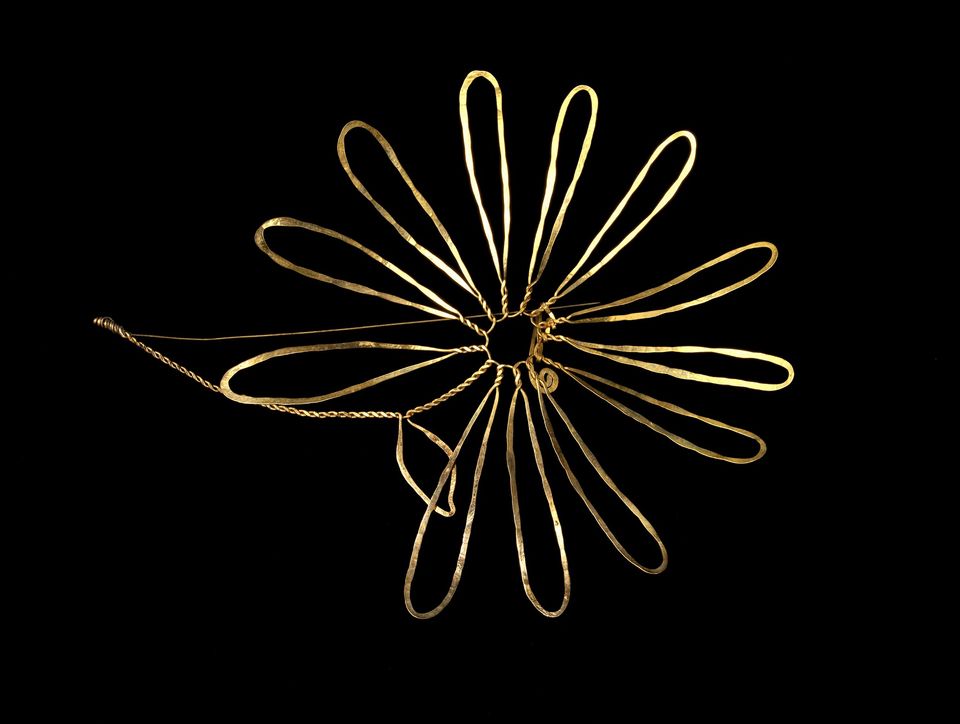
Designer Michael Rock of 2x4 on Dutch design:
I don’t consider Dutch Design to be design generated in the Netherlands. I consider Dutch Design a kind of work, or an attitude about work, or even a brand of work, that could theoretically occur anywhere at anytime.
(Courtesy of Design Observer.) That's a point that speaks to me. Saying what precisely makes Dutch design Dutch, even identifying just a few key attributes, is probably impossibly challenging—yet Rock knows it when he sees it and can say so with complete confidence. To some extent we all operate with a general framework of traits of Western societies: French taste, German ingenuity, American enthusiasm, and so forth.
Whether these holistic perceptions amount to anything more specific than je ne se quoi, it's fun to page through the American design annals for answers. A watershed in 20th century American material culture came in the form of Alexander Calder's airborn biomorphic stabiles and mobiles, which have had an enormous influence on American design. Take, for example, Calder's jewelry: While I admit that what I know about jewelry wouldn't fill a post, his jewely looks very American in composition to me. But I couldn't pinpoint that key quality that distinguishes it from other examples.
What will be interesting is the degree to which these essential qualities—American-ness or what have you—remain identifiable as design draws less from modernist and national sources and more from the postmodernist and globalized.


















